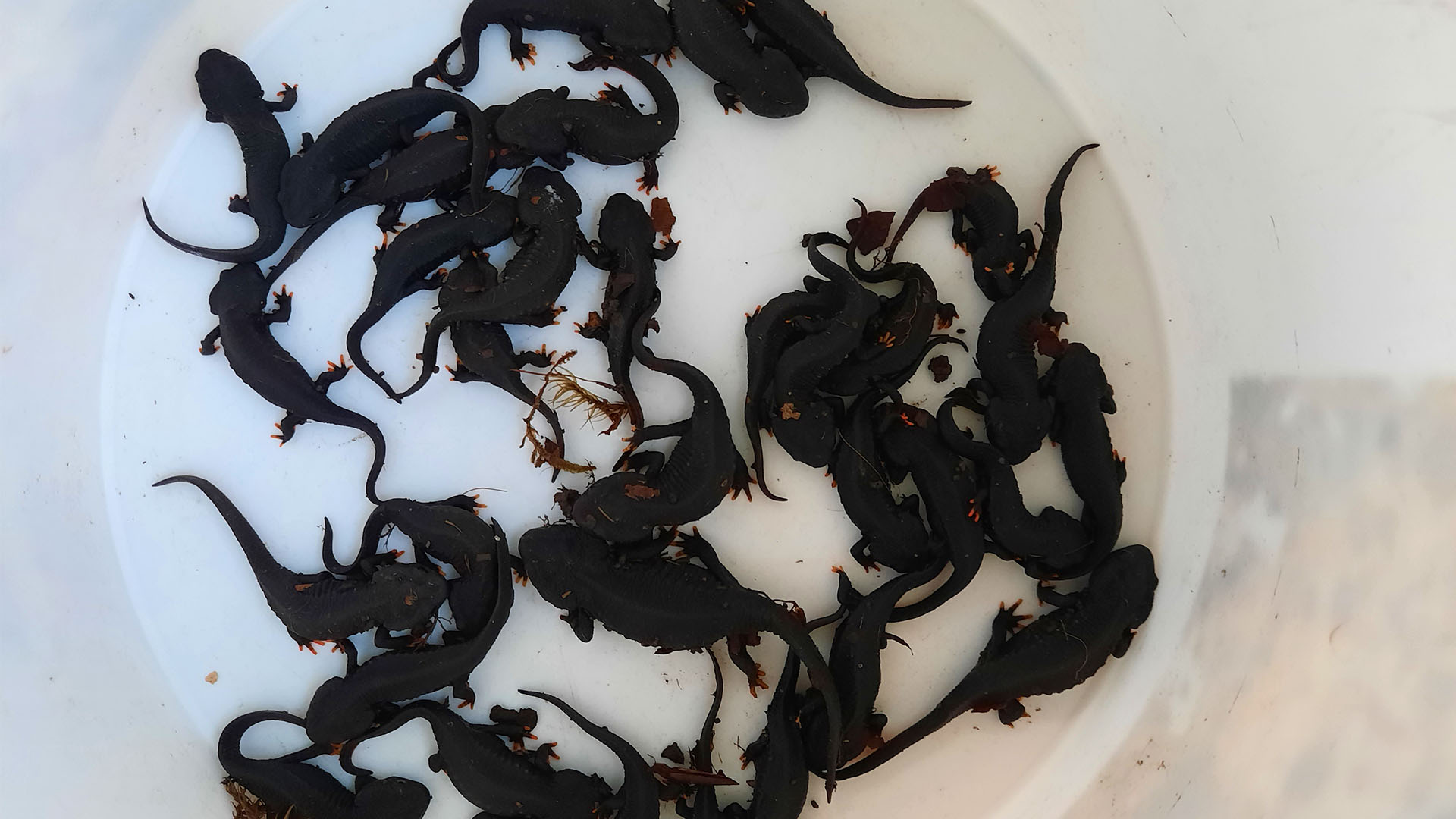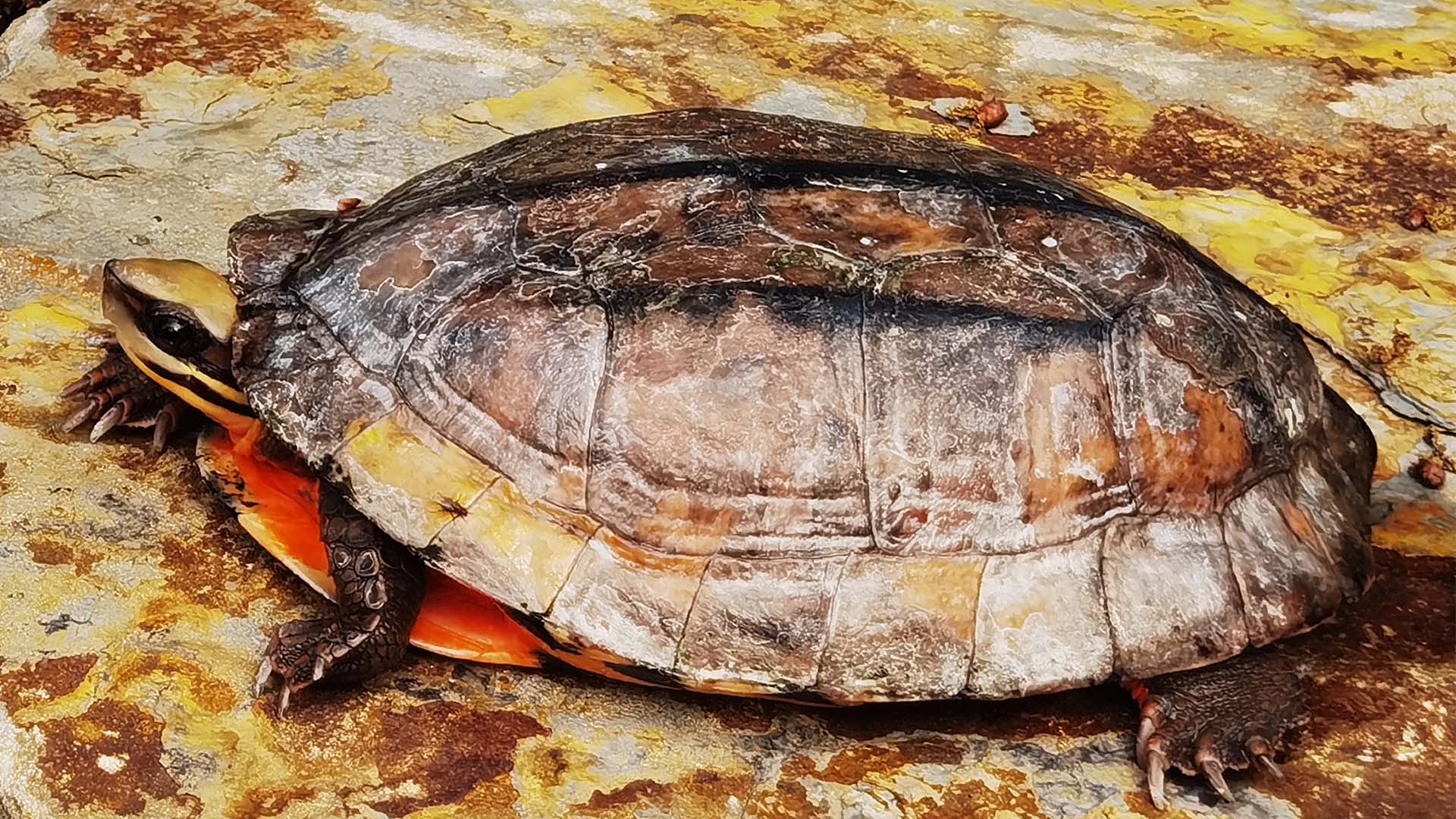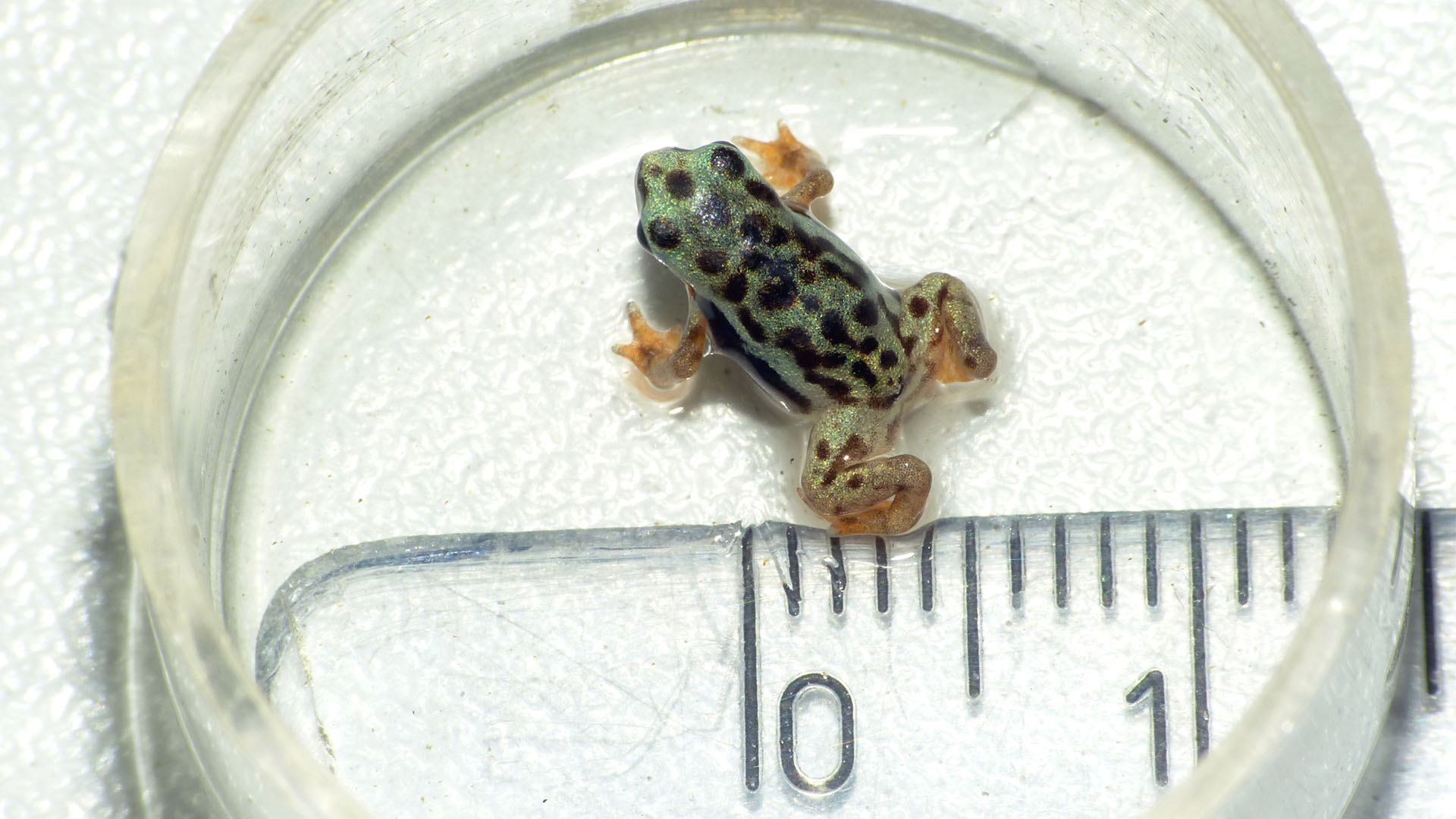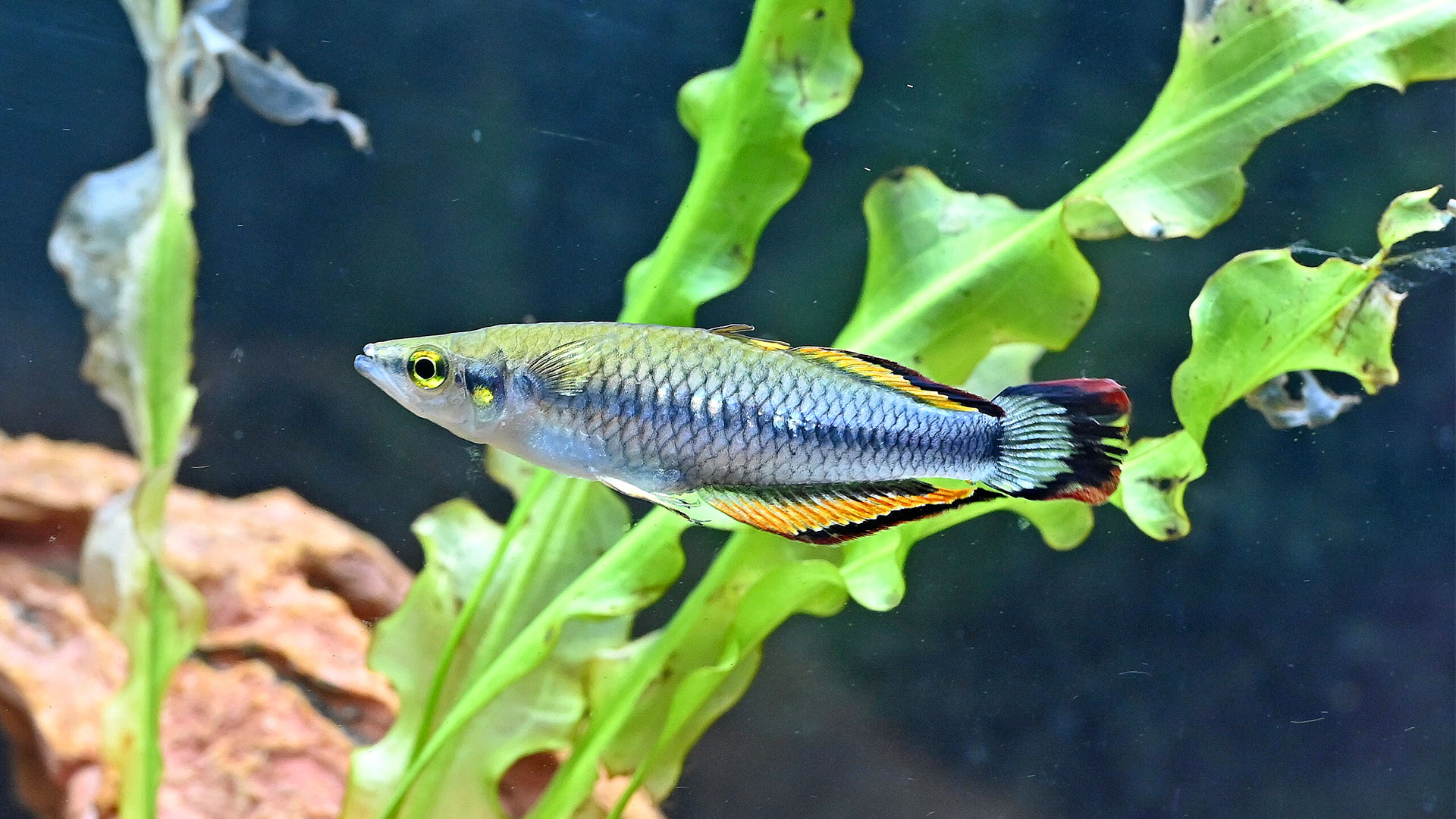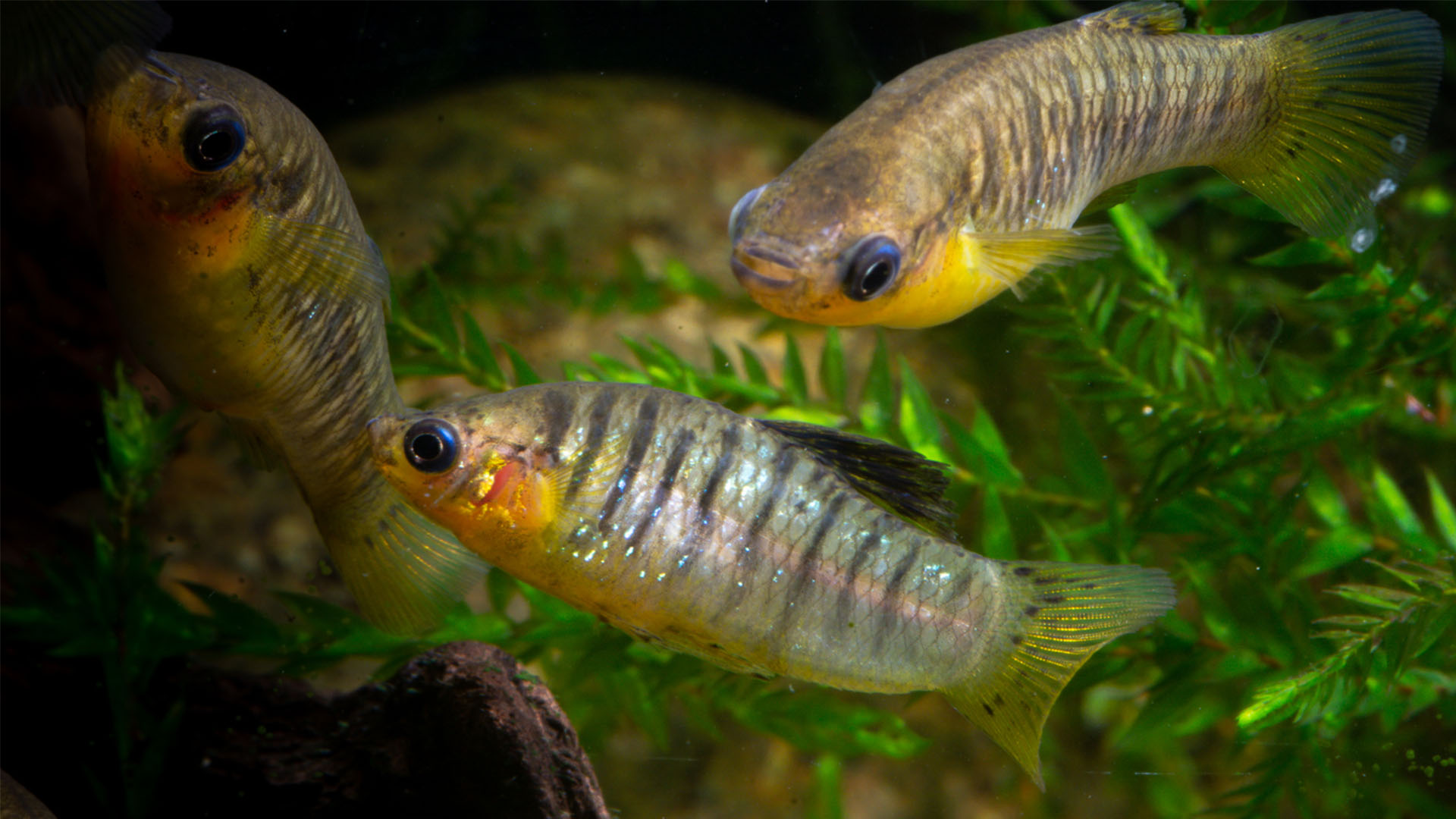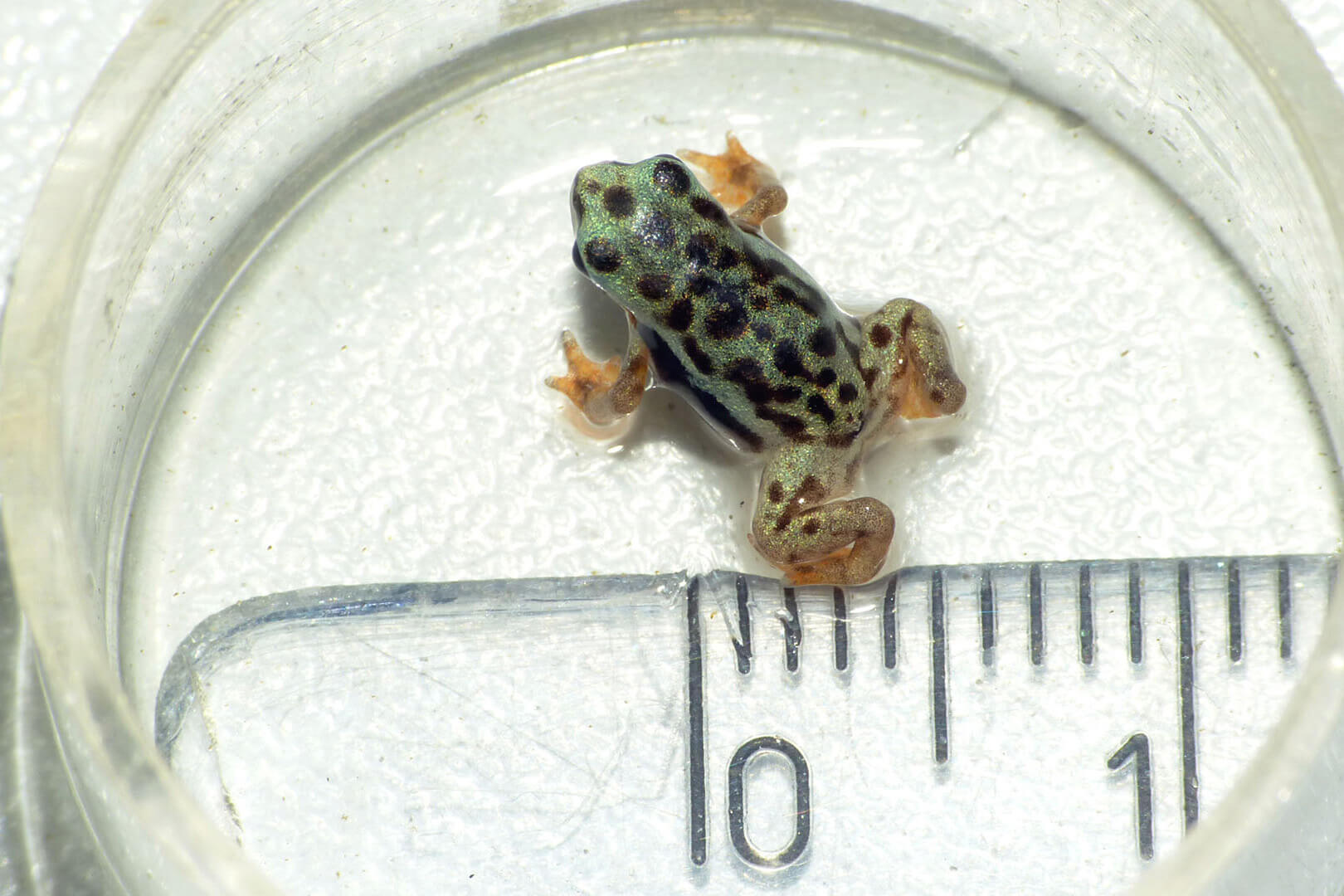
Animal balance 2/2023 – at the finish and at the start
97% – on 1 November, it was not quite enough for the Vietnamese Crocodile Newt to be the first species to meet our CC target numbers. Our experts calculated 185 animals in 30 animal husbandries the basis for successful 40-year conservation breeding, but in the end it was 200 newts in only 28 animal husbandries. This means that the preliminary milestone has been practically reached (especially as a school zoo from Sachsen-Anhalt took over the 29th breeding group of newts a few days later). The Mangarahara Cichlid and the Mallorcan Midwife Toad are also swimming or jumping on the home straight, and our target achievement status for a number of other species has now exceeded the 50% mark.
Staying the course and finding it
But this is just the beginning: population management is now beginning for these species. Studbooks are being written and strategies defined to ensure that our ex situ population is truly future-proof for the coming decades. So there is still a lot to do, even with our 100% species! For others, however, our keepers continue to work on successfully reproducing the animals or raising their offspring. Animal husbandry does not always work according to a recipe – but above all, the ideal recipe has to be found for each species individually. In the end, you also need a lot of sensitivity and experience. Prerequisites for success that you have to acquire in practice.
CC #Fish ...
In January 2023, we founded the CC #Fish and CC #Reptiles advisory councils, which, following the predominantly amphibian pilot phase, are now focusing on two further animal groups. In addition to the four Madagascan freshwater fishes that we already look after, we have now established our first holdings of Bintan Gourami (Parosphromenus bintan), Charco Palma Pupfish (Cyprinodon veronicae) and Tiger Limia (Limia islai). Limbochromis robbertsi is another African perch waiting in line.
... CC #Reptiles ...
The first CC reptile we welcomed in the summer was a Vietnamese Three-striped Box Turtle (Cuora cyclornata), and in November the first Nguru Pygmy Chameleon (Rhampholeon acuminatus) moved in with one of our keepers (the latter will be listed in the next stock report). San Francisco Garter Snakes (Thamnophis sirtalis tetrataenia), Mauritius Lowland Forest Day Gecko (Phelsuma guimbeaui) and Huu-Lien Tiger Geckos (Goniurosaurus huuliensis) are due to follow in the coming months.
... and CC #Amphibians
Things are also happening with amphibians: our Rio Pescado Stubfoot Toad (Atelopus balios), which have just joined the programme this year and are threatened with extinction, have already produced their first offspring. With the San Martín Fringe-limbed Treefrog (Ecnomiohyla valancifer), Loja Marsupial Frog (Gastrotheca lojana), Phantasmal Poison Frog (Epipedobates tricolor) and Bornean Rock Frog (Staurois parvus), four more species have been added, some before and some after 1 November. Arndt’s Toothed Frog (Odontobatrachus arndti) are also due to join our little ark in the near future. We will gradually introduce the new additions to our species page over the coming year. On International Biodiversity Day on 22 May 2024, we will then present the results in the next report as usual. Until then, keep your fingers crossed – or fins crossed!
More information on the CC species.
Bestandsübersicht November 2023
(In der Tabelle kann horizontal gescrollt werden.)
| Wiss. Name | Dt. Name | Bestand Tiere (m/w/u) | Anzahl Haltungen | Todesfälle 05/23 – 10/23 (m/w/u) | Abgabe extern 05/23 – 10/23 | Zugänge Nachzucht 05/23 – 10/23 | Zugänge extern 05/23 – 10/23 | Ziel (Tiere, Halter) | Status* |
|---|---|---|---|---|---|---|---|---|---|
| Amphibien | |||||||||
| Agalychnis lemur | Lemur-Laubfrosch | 51 (13/10/28) | 8 | 9 (1/1/7) | 0 | 16 | 0 | 225, 40 | 21 % |
| Alytes muletensis | Mallorca-Geburtshelferkröte | 701 (12/13/676) | 37 | 26 (0/0/26) | 0 | 401 | 0 | 425, 53 | 85 % |
| Ambystoma andersoni | Andersons Querzahnmolch | 69 (20/21/28) | 8 | 11 (5/3/3) | 0 | 8 | 0 | 225,40 | 25 % |
| Ambystoma dumerilii | Pátzcuaro-Querzahnmolch | 206 (60/46/100) | 27 | 62 (0/0/62) | 11 | 41 | 0 | 225, 40 | 80 % |
| Atelopus balios | Rio-Pescado-Harlekinkröte | 29 (9/9/11) | 4 | 1 (0/1/0) | 0 | 0 | 30 | ** | ** |
| Bombina orientalis | Chinesische Rotbauchunke | 243 (37/22/184) | 21 | 13 (0/0/13) | 0 | 50 | 13 | 225, 60 | 68 % |
| Ecnomiohyla valancifer | San-Martín-Fransenbeinlaubfrosch | 22 (0/0/22) | 1 | 0 | 0 | 0 | 22 | ** | ** |
| Epipedobates tricolor | Dreistreifen-Blattsteiger | 45 (0/0/45) | 4 | 0 | 0 | 0 | 45 | ** | ** |
| Gastrotheca lojana | Loja-Beutelfrosch | 12 (0/0/12) | 1 | 0 | 0 | 0 | 12 | ** | ** |
| Ingerophrynus galeatus | Knochenkopfkröte | 40 (12/11/17) | 6 | 11 (6/0/5) | 0 | 0 | 5 | 225, 40 | 16 % |
| Minyobates steyermarki | Tafelberg-Baumsteiger | 26 (5/4/17) | 5 | 0 | 0 | 0 | 11 | 110, 20 | 24 % |
| Phyllobates terribilis | Schrecklicher Blattsteiger | 33 (9/5/19) | 4 | 6 (2/2/2) | 0 | 13 | 9 | 225, 70 | 10 % |
| Salamandra sal. almanzoris | Almanzor-Feuersalamander | 24 (17/7/0) | 7 | 0 | 0 | 0 | 0 | 185, 30 | 18 % |
| Salamandra salamandra (D) | Feuersalamander | 152 (19/12/121) | 16 | 3 (0/2/1) | 3 | 0 | 72 | 330, 90 | 32 % |
| Telmatobius culeus | Titicaca-Riesenfrosch | 41 (12/14/15) | 7 | 0 | 0 | 0 | 5 | 225,45 | 17 % |
| Tylototriton vietnamensis | Vietnamesischer Krokodilmolch | 200 (39/33/138) | 28 | 36 (6/9/21) | 0 | 5 | 38 | 185, 30 | 97 % |
| Tylototriton ziegleri | Zieglers Krokodilmolch | 24 (7/3/14) | 6 | 4 (3/1/0) | 0 | 0 | 0 | 185,30 | 16 % |
| Fische | |||||||||
| Bedotia madagascariensis | Madagaskar-Ährenfisch | 144 (24/20/100) | 10 | 33 (9/6/18) | 0 | 56 | 13 | 192, 16 | 69 % |
| Cyprinodon veronicae | Charco-Azul-Wüstenkärpfling | 16 (6/10/0) | 2 | 0 | 0 | 0 | 16 | ** | ** |
| Limia islai< | Tigerkärpfling | 49 (5/5/39) | 3 | 0 | 0 | 0 | 49 | ** | ** |
| Parosphromenus bintan | Bintan Prachtgurami | 8 (4/4/0) | 1 | 0 | 0 | 0 | 8 | ** | ** |
| Ptychochromis insolitus | Mangarahara-Buntbarsch | 452 (15/18/419) | 12 | 37 (8/8/21) | 10 | 222 | 0 | 192, 16 | 88 % |
| Ptychochromis loisellei | Loiselles Buntbarsch | 216 (18/18/180) | 7 | 46 (7/1/38) | 0 | 65 | 0 | 160, 16 | 72 % |
| Ptychochromis oligacanthus | Nosy-Be-Buntbarsch | 1096 (8/9/1079) | 4 | 10 (3/2/5) | 0 | 1000 | 0 | 192,16 | 63 % |
| Reptilien | |||||||||
| Cuora cyclornata | Vietnamesische Dreistreifen-Scharnierschildkröte | 1 (1/0/0) | 1 | 0 | 0 | 0 | 1 | ** | ** |
m: male, w: female, u: undetermined sex * Status = mean value of the percentage of the target number of keepers already achieved and the target number of animals
** To be determined.
